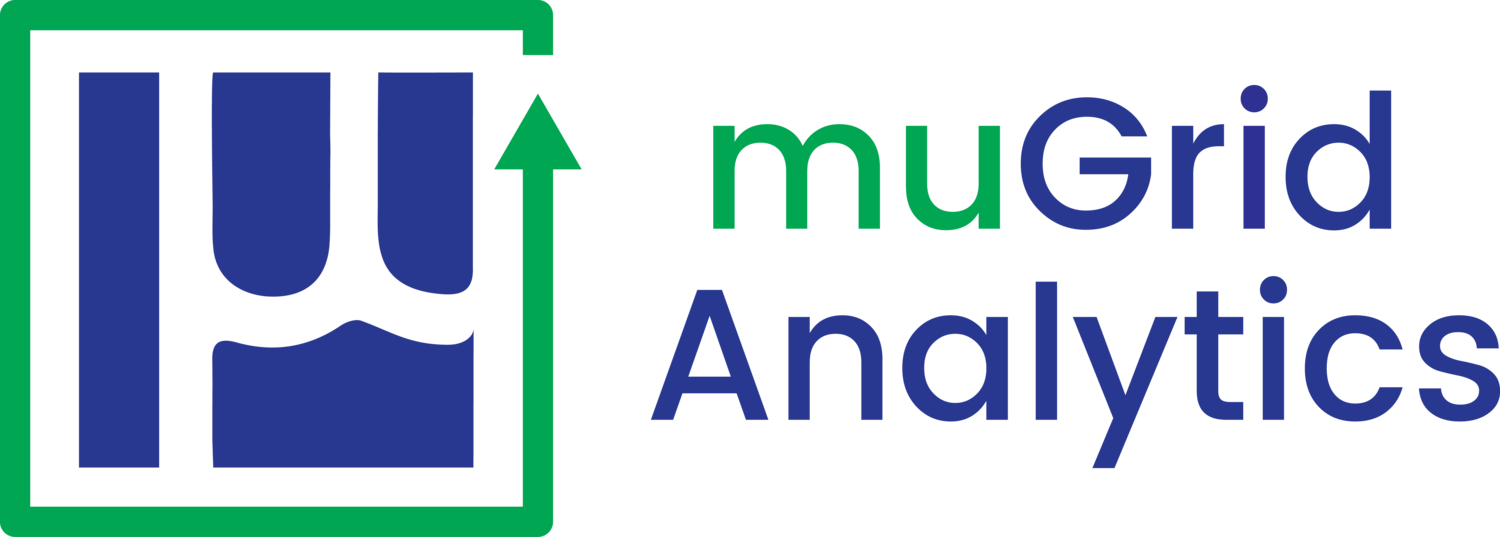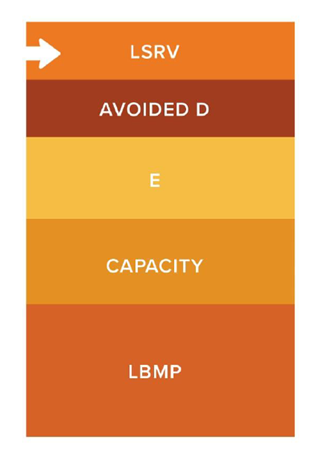Linking The NYSERDA Value Stack Calculator To Your Solar Financial Model
As part of the Reforming the Energy Vision (REV), the state of New York is in the process of transitioning away from simple net energy metering to a scheme which compensates distributed energy resources (DER) based on when and where the energy is generated. That means that a kWh of electricity generated at 5 PM is worth more than one generated at 9 AM, for example, and one generated in a congested part of the city is worth more than say upstate. The new system, formally called the Value of Distributed Energy Resources (VDER), takes all of that into consideration when determining the monetary value of solar exports.
Whereas net energy metering was relatively simple — you basically banked units of electricity (kWh) with the utility for use later — the new VDER, or Value Stack, approach a has lot of nuances. That’s especially true given that there are five value streams being combined, including energy (locational-based marginal prices), capacity, environmental (like renewable energy credits), demand reduction, and local congestion relief (LSRV). The end result is monetary credit for any energy exported to the utility grid.
The components of the NYSERDA Value Stack
What is the NYSERDA Value Stack Calculator?
To help developers estimate the monetary compensation they can expect from a solar project, NYSERDA contracted E3 tos develop a spreadsheet tool called the Solar Value Stack Calculator. We’ve used it for several projects now, and have found it to be very well designed and comprehensive such that it can be used for projects all over the state.
It’s important to note, however, that the Value Stack Calculator is not a replacement for your own financial pro forma. The intention, in fact, is for you to take the output of the Value Stack Calculator — specifically the monthly, or annual monetary compensation — and enter that into your financial model. In other words, you can think of the Value Stack Calculator as providing the top line revenue number, while you’ll still need to use your own model and financial assumptions to get the bottom line. That means you essentially need to enter the technical specifications of your solar array into the Value Stack Calculator, run it, and then copy / paste the compensation estimates back into your model.
If you just need to do that once, obviously it’s no big deal. But those of us who have built models for most of our career know that you never run a model just once. There’s always another what-if scenario you could explore, or another sensitivity to consider. So going back and forth between your financial model and the Value Stack Calculator can get tedious.
The NYSERDA Value Stack Calculator
Can you integrate the Value Stack Calculator with your own financial pro forma?
What if you had the full-blown NYSERDA Value Stack Calculator integrated right into your financial pro forma? We’re talking your model, and the actual Value Stack Calculator, all in one (big) Excel file. That way when you click “calculate” on the calculator, the results feed directly into the revenue line of your pro forma. No tedious coping and pasting. No possibility of transposing numbers. No headache. And you can run and rerun analyses as much as you want with just the click of a button. Or if you have multiple projects to run, you could even set it up to run in batch mode.
One of our clients recently came to us and requested exactly such a tool. They provided their financial model (with all sensitive information removed), and we integrated it with the latest version of the Value Stack Calculator. Now when they want to analyze a project, they can do it all within a single tool. It has saved them a lot of time and has even helped them to improve the financial return of their projects since it’s easier to explore trade-offs in the design. It’s also been particularly helpful with their community solar projects where they often need to tweak the subscriber mix between small commercial and residential subscribers.
If you are interested in having us develop this capability for your company, here are a few things to keep in mind.
The combined file will be big. The full blown NYSERDA Value Stack Calculator is over 35 MB by itself. So the combined file will be bigger, meaning you probably won’t be able to email it around the office. We do have ways of slimming down the Value Stack calculator by removing some of the resource data included in it, but you’d only want to do that if you don’t plan to do projects in that part of the state.
We understand the sensitive nature of financial models and that everyone thinks theirs is special. At this point, we’ve seen so many that they all start to look alike. But for sure, we’ll work with you to protect your sensitive data. Or even better, you can remove all of your sensitive data — any cost models, financing assumptions, etc — and send us the template. We’ll do the integration and send you back the combined model. Then you can repopulate it with all of your own costing and financing assumptions, or whatever.
NYSERDA has already released several versions of the Value Stack Calculator. Like any tool, there are going to be bugs to fix and features to add over time. We generally include support for the integrated model for 60 days. That means that if NYSERDA releases a new version a week after we send you the integrated model, we’ll spin a new one for you based on the updated version for free. We offer a service plan for support beyond the 60 days.
If you’d like to learn more about how we can integrate your solar financial model with the NYSERDA Value Stack Calculator, please contact us. We are happy to discuss your unique needs and help design a custom solution. We can also engage with you on a consulting basis to help optimize your solar or solar plus storage projects under the Value Stack scheme.



